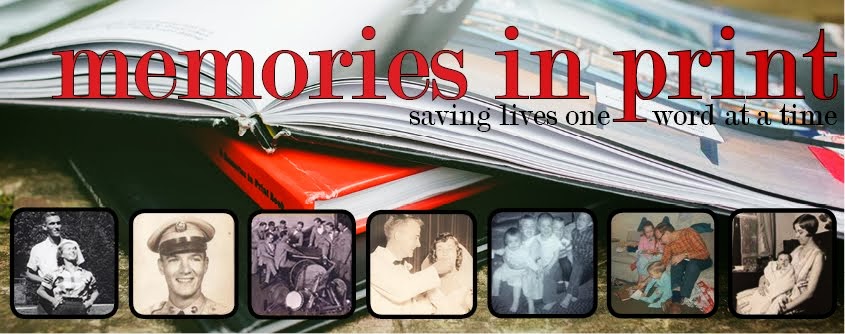(click here to read previous story: An Ecumenical Conference in Illinois)
Near the end of 1953, Dinon was in a predicament.
Before his graduation in the spring of 1953, Dinon had exchanged letters with a pretty girl named Liz Marshall. He had met Liz by chance at an Ecumenical conference in Illinois, but they had only corresponded for a short time and never expected to meet again because of the +1,000 miles between The University of Wisconsin and her school in Silver Spring, Maryland.
 |
| Present-day photo of the entrance to Washington Adventist University (Source) |
The proximity that had previously been a disadvantage suddenly became an advantage for a lonely soldier far from home. So, in spite of his engagement to Dorothy Brown back in Wisconsin, he reached out to Liz and reconnected with her.
"Camp Pickett was close enough that you could find someone to take you into Richmond or D.C. ... So while I was there, I went to Washington, D.C. a few times to visit Liz. I guess I was lonely or something like that," Dinon admitted. "I thought, well, she’s a girl, so, OK. So I went to see her several times."
Dinon grew to like Liz more and more as he continued to date her and, regardless of his fiancée back home (whom Liz knew nothing about), he fell in love with her. After just a few weeks, Dinon proposed to Liz ...
... while he was still engaged to Dorothy Brown back in Wisconsin.
Quite the predicament.
Shortly after proposing to Liz, he sat down with her and confessed, "I think I'm in love with you, but I'm engaged to another girl back home. What should I do?"
She was furious.
"Don't ask me to tell you what to do! You've got to make up your mind!"
"Don't ask me to tell you what to do! You've got to make up your mind!"
While retelling the story more than fifty years later, Dinon laughed.
"It was proper for her to say that," he said.
 |
| Dinon's parents, Ralph and Alma |
It's likely that Dinon asked his parents for advice. If so, his mother probably advised him to choose Dorothy.
"I don’t think my mother really liked Liz," Dinon said. "She was sure that, since Liz came from a divorced family, we would divorce at some time, too." And back in Wisconsin there was his hometown fiancée, Dorothy Brown, a girl that his mother liked so much that she had helped Dinon pick out the engagement ring.
But for some reason, reasons that even Dinon can't quite remember, he chose Liz.
 |
| 1954: Photo of Liz with unknown child |
"She gave me back the ring," he said. "She could've kept it, obviously, but she gave it back."
Shortly after that, a dozen red roses arrived for Liz Marshall at the dorms in Washington Missionary College. And everyone heard about it: she ran around the halls of the dorms, joyfully shouting, "He sent me roses! HE SENT ME ROSES!"
However, their relationship was tested again not long after that. Camp Pickett was being closed, and Dinon was being relocated to Fort Sam Houston more than 1,600 miles away in San Antonio, Texas.
However, their relationship was tested again not long after that. Camp Pickett was being closed, and Dinon was being relocated to Fort Sam Houston more than 1,600 miles away in San Antonio, Texas.












